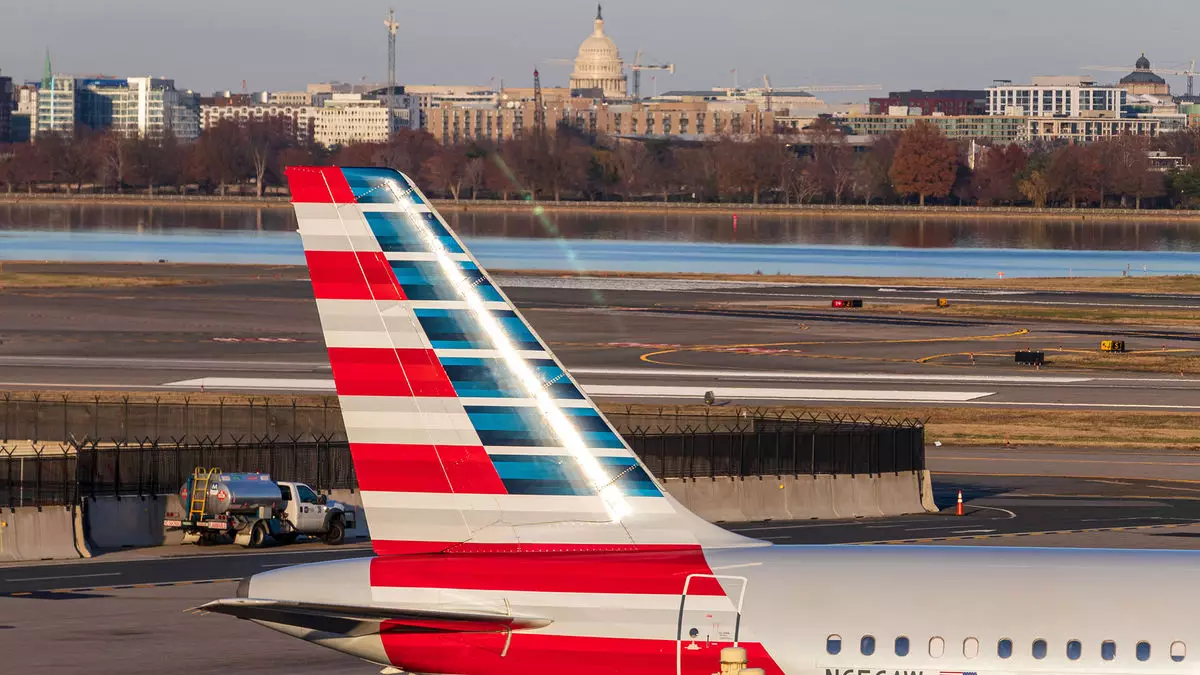American Airlines has recently positioned itself at a crucial junction in its corporate strategy, focusing on revitalizing its share of the business travel market. During the Q4 earnings call, CEO Robert Isom offered insights into the airline’s ambitious plans to regain ground lost to rivals, especially among corporate clients, by the close of 2025. This undertaking comes after an identified misstep in their approach to direct and New Distribution Capability (NDC) bookings, which led to strained relationships with travel agencies.
The shift towards NDC and direct bookings, although strategically adventurous, backfired, as American’s corporate share floundered in the wake of the changes implemented in 2023 and 2024. Such decisions not only alienated travel agencies—critical intermediaries for business travelers—but also sent ripples through American’s corporate revenue. The fallout was evident, as the airline recognized that a unified approach, inclusive of indirect distribution channels, was essential for stabilizing its market position.
Isom’s candid acknowledgment of the challenges faced underscores the complexity of the airline industry, where strategic shifts must account for a myriad of stakeholder interests, particularly those of corporate clients and travel agencies which serve as vital conduits of business travel revenue.
In response to these challenges, American Airlines has pivoted to a more cooperative stance with its corporate customers. Isom stated, “We remain on track to fully restore our revenue share from indirect channels as we exit this year,” emphasizing the airline’s commitment to re-engaging with agency partners. This newfound focus has already begun to bolster American’s business travel revenue, which experienced an 8% year-over-year rise in Q4. A notable sequential improvement highlights the airline’s effective response to earlier missteps.
Steve Johnson, Vice Chair and Chief Strategy Officer, indicated that the restoration of American’s corporate market share might be achieved even sooner than the 2025 timeline, although he was careful to note that recovery would not follow a straightforward trajectory. By negotiating new agreements with major travel agencies—30 in total—American is laying the groundwork for re-establishing itself as a favored choice for business travel. Johnson’s remarks on the need for corporate travel agencies to feel incentivized to shift business back to American reflect a strategic understanding of market dynamics.
The Path Ahead: Challenges and Opportunities
Moving forward, American Airlines is faced with the dual challenge of strengthening its relationships with existing corporate clients while simultaneously enticing new ones. The competition in the airline industry, especially within the corporate travel sector, remains fierce, and American must not only regain lost ground but also differentiate itself from its rivals.
Isom’s proactive approach to engaging directly with corporate customers and agencies has already shown promise, as seen in the rapid improvement of business travel revenue. Nevertheless, the airline must consistently address the evolving needs and expectations of these stakeholders. The nature of business travel is changing, with flexibility and seamlessness becoming paramount, which necessitates that American develops agile strategies that respond to the dynamic market landscape.
American Airlines is undoubtedly at a pivotal point in its corporate travel strategy. With its recent shifts in policy and renewed focus on agency partnerships, the airline aims to reclaim its market share effectively. The road to full recovery may be fraught with challenges, but the actions taken thus far indicate a willingness to learn from past mistakes and embrace collaboration. American Airlines’ trajectory in the coming quarters will be crucial in determining whether it can solidify its resurgence within the competitive business travel sector. Ultimately, success will hinge on the airline’s ability to not just recover lost revenue, but to innovate and adapt to the future of corporate travel.


Leave a Reply